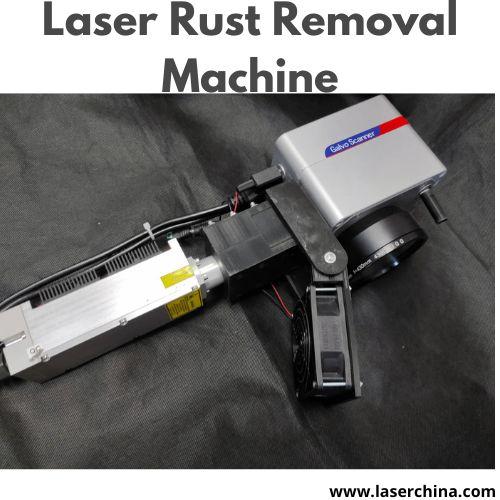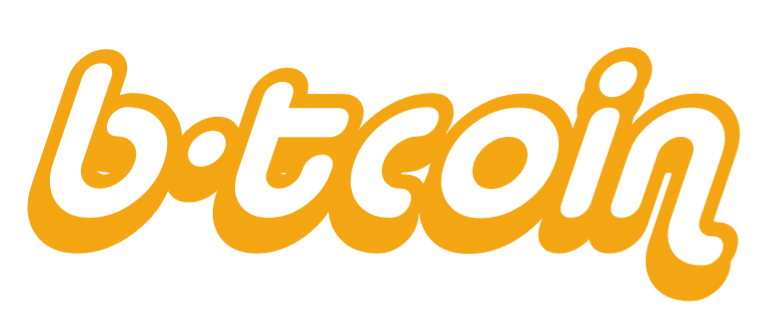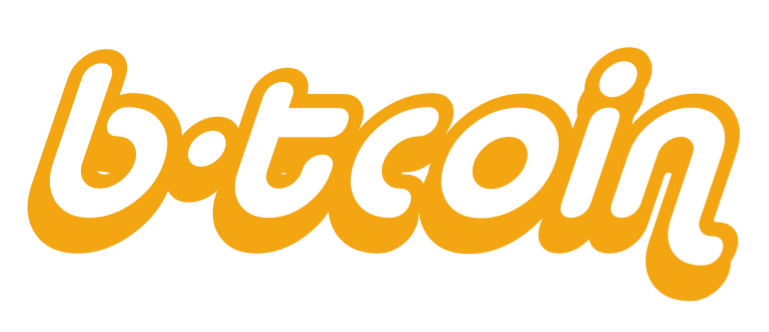Efficient Laser Rust Removal Machine for Industrial and Precision Surface Cleaning Applications

Rust has long been a challenge for industries dealing with metal surfaces, from automotive and aerospace to manufacturing and restoration. Traditional methods of removing rust, such as sandblasting, chemical treatments, or mechanical grinding, often consume significant time, labor, and materials. They can also compromise the integrity of delicate surfaces, leaving behind residues or scratches. The introduction of the laser rust removal machine has transformed how industries approach corrosion and surface preparation, providing a precise, controlled, and clean method to restore metal surfaces efficiently.
At its core, a laser rust removal machine employs high-intensity light energy to target and remove rust or corrosion layers from metal surfaces. This process relies on the principle of laser ablation, where the rusted layer absorbs the laser energy, heats up, and vaporizes without affecting the underlying metal. The precision of the laser beam allows operators to work on localized areas without the risk of damaging adjacent sections, which is particularly important for intricate or delicate parts in industries such as aerospace, electronics, or automotive restoration.
The versatility of laser rust removal machines is evident in their application across multiple sectors. In automotive workshops, they are used to clean car chassis, frames, and components that have developed surface rust, preparing them for further treatment or painting. In the industrial sector, factories use these machines to maintain machinery, tools, and structural components, extending their operational lifespan while maintaining safety standards. Furthermore, in historical preservation and restoration projects, laser rust removal ensures that artifacts and metal structures can be cleaned without abrasive techniques, preserving the original material integrity.
Operationally, a laser rust removal machine is designed for efficiency and adaptability. Operators can adjust parameters such as laser intensity, pulse duration, and scan speed to suit different materials and rust thicknesses. This flexibility ensures optimal results on a wide range of metals, including steel, iron, aluminum, and alloys. Unlike chemical rust removal, the laser method eliminates the need for hazardous substances, reducing environmental impact and improving workplace safety. This also means that cleanup and disposal of residues are minimal, as the vaporized rust particles are usually captured with extraction systems, keeping the workspace clean.
Training and ease of use are essential factors in the adoption of laser rust removal technology. Modern machines are equipped with user-friendly interfaces, often featuring touchscreen controls, programmable cleaning paths, and real-time monitoring of laser output. These features allow operators to achieve consistent results while minimizing human error. Additionally, many machines are portable, allowing maintenance teams to transport them directly to the site rather than moving large components to a dedicated cleaning facility. This mobility is particularly advantageous in large-scale industrial environments or construction projects.
The economic implications of integrating laser rust removal machines into industrial workflows are significant. While the initial investment in a laser system may be higher compared to conventional methods, the long-term benefits in efficiency, reduced material waste, and labor savings can be substantial. Downtime for equipment maintenance is minimized, and the precise cleaning process reduces the risk of material loss, ensuring that components retain their structural integrity. Industries that prioritize precision, safety, and speed find that laser rust removal machines offer a strategic advantage by streamlining maintenance and production processes.
Another critical aspect is sustainability. Traditional rust removal methods often rely on abrasive blasting materials, strong acids, or alkalis, all of which create chemical waste that must be neutralized and disposed of. Laser rust removal machines eliminate much of this environmental burden, as the process is essentially dry and produces minimal waste. Captured particles can be filtered and safely discarded, aligning with environmental regulations and corporate sustainability goals. For companies aiming to improve their ecological footprint, this technology represents a forward-looking investment.
In addition to industrial applications, research and development departments are exploring new ways to optimize laser rust removal. Advances in laser technology, such as higher-power fiber lasers and automated scanning systems, are increasing the speed and efficiency of cleaning processes. Integration with robotics allows automated, repeatable rust removal on complex parts, reducing labor costs and enhancing precision. The adaptability of this technology ensures that it will continue to evolve to meet the growing demands of industries where surface cleanliness and material integrity are critical.
Moreover, laser rust removal machines contribute to overall workplace safety. By removing the need for harsh chemicals, dust-producing sandblasting, or heavy mechanical equipment, operators face fewer hazards. The localized, controlled laser application minimizes exposure to harmful debris and reduces the likelihood of accidents, making it a more ergonomic and safer alternative for long-term use.
Industries that require high precision, such as aerospace, electronics, and automotive manufacturing, particularly benefit from laser rust removal. For these sectors, even minor imperfections caused by traditional cleaning methods can affect performance, reliability, or safety. Laser rust removal machines enable meticulous cleaning without compromising surface quality, making them a critical tool for maintaining high standards and operational excellence.
Final Thoughts
The laser rust removal machine has redefined the approach to surface cleaning, offering industries a precise, efficient, and environmentally responsible method of restoring metal surfaces. Its ability to handle a wide range of materials, combined with mobility, user-friendly operation, and long-term cost efficiency, positions it as a vital tool in modern industrial, restoration, and maintenance practices. As laser technology continues to advance, its applications will expand, providing even more innovative solutions for corrosion management and metal maintenance.
- Art
- Causes
- Crafts
- Dance
- Drinks
- Film
- Fitness
- Food
- Games
- Gardening
- Health
- Home
- Literature
- Music
- Networking
- Other
- Party
- Religion
- Shopping
- Sports
- Theater
- Wellness


